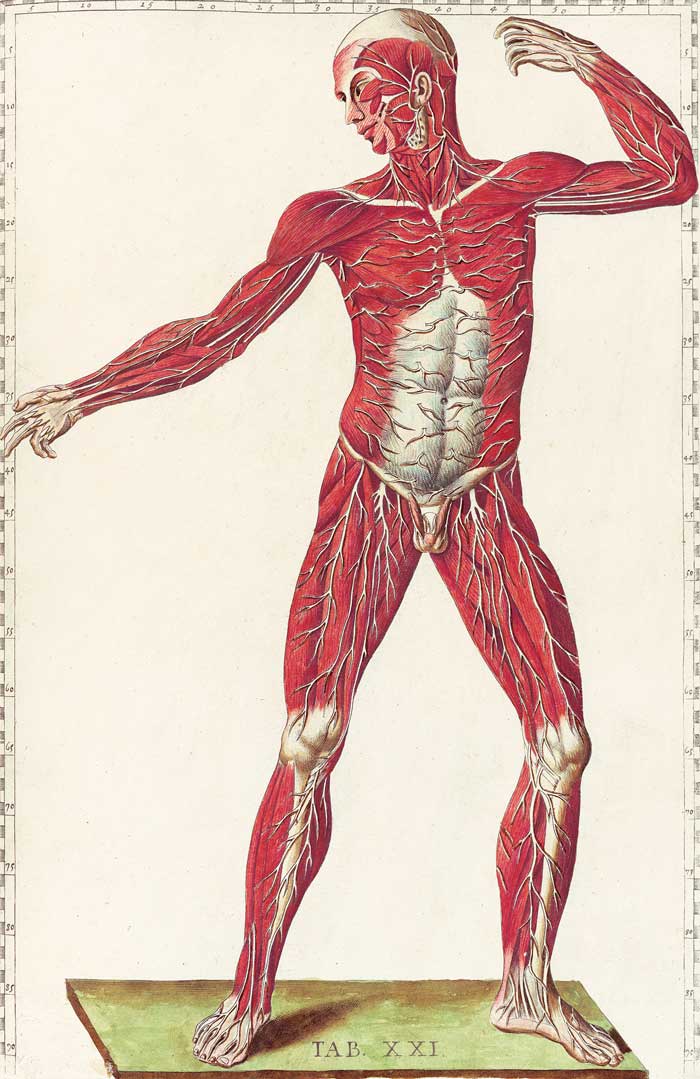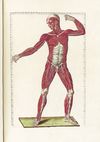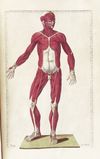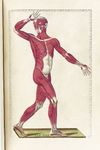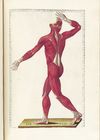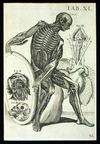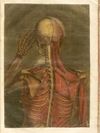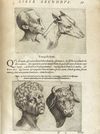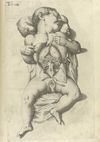09 Oct Human Anatomy Resources for Artists
When I arrived in Chicago, my back was so out of whack that I could barely walk… too much work, too little sleep and way too much heavy lifting this month. Britt sent me off immediately to see Tommy Jenkins, a total freakin’ genius massage therapist who managed to make me feel almost human for the first time in a long while. He’s opening his own space soon and he mentioned he would be interested in a line art wall sculpture depicting musculature. A day or two later, it occured to me that some of the anatomical illustrations I’ve seen of human musculature would look absolutely amazing if done in marble mosaic— red marble with white veining is exactly the right color to do a portrait of the muscles of the upper body. I got totally excited about the idea and called Tommy up. He likes it too, so I’m hoping we’ll be able to work out a commission. I’m in and out of Chicago enough that we could do part of the project in trade, which would be really great.
So I spent a good part of the day looking for anatomical illustrations today and stumbled on some great resources that would likely be of use to other artists as well.
The National Library of Medicine has an amazing collection of large images online, scanned from historical anatomical atlases. Some of the images are beautiful, some eerie, a few are downright spooky. Probably the most interesting thing one notices in the course of browsing the whole collection is how differently the human form is treated in different times and places, even within the context of scientific illustration. Some of the differences can be chalked up to artistic style, but there’s a pretty wide variation in the degree of objectivity and subjectivity. Most of the drawings are done from corpses, while some are more fanciful (see Giambattista della Porta’s album on physiognomy which attempts to explain human personality traits by relating animal’s heads to human facial features). On the whole, it’s very much worth looking at all the images available on the site to get a broader view of the human form and the history of our own knowledge about our bodies.
NLM also links to a few collections of images hosted elsewhere on the web. The Anatomical Plates of Pietro da Cortona, hosted by University of Iowa Libraries is an amazing example of art and design applied to scientific ends. The plates are beautifully laid out and the poses and attitude of the figures are handled masterfully. I can’t believe I’ve never seen these before. Props to the library for putting together a very nice looking site to host the images as well, though I would have been a wee bit happier if it held yet larger images and loaded a bit more quickly.
Below are a few samples of images I particularly liked. I would encourage anyone to follow the links above and really explore the broader collections.



